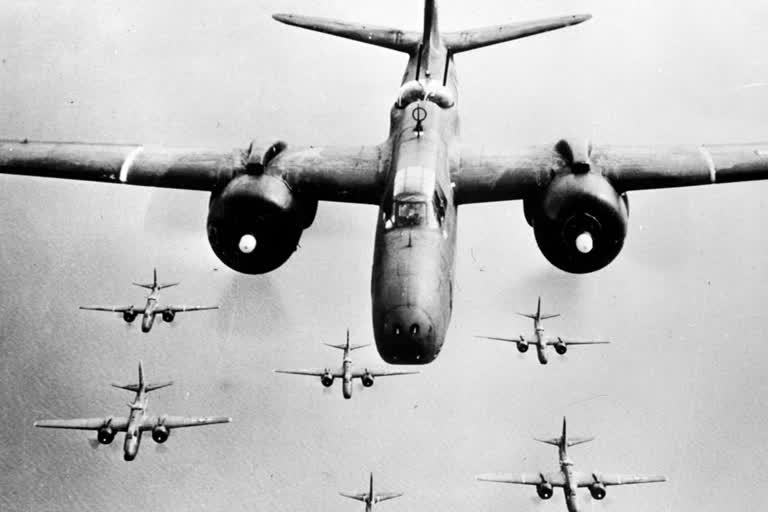Washington: In the latest spat between the US and Russia, Washington has announced it will pull out from a major accord known as 'Open Skies' that permits unarmed aerial surveillance flights over dozens of participating countries.
The Open Skies Treaty came into force in 2002 and is designed to boost confidence and assure against attacks. But senior US officials said the country was withdrawing due to repeated Russian violations of its terms.
Open Skies has long history of promoting trust According to US officials, “The US will formally withdraw from the accord in six months.”
Background:
The Open Skies Treaty was developed in 1955 which permits 30 plus nations to conduct observation flights over each other's territory. The treaty covers the unarmed overflights was set up to promote trust and avert conflict between the US and Russia.
The Treaty is an alliance that permits the member states to surveillance flights to take a tour over other territories. During the flight data regarding the military forces and activities were collected and also allows the member states to review the significant military equipment and armoured combat vehicles. The participation in overflights among the states also promotes confidence and familiarity.
Read more:Open Skies Treaty: US to pull out from arms control deal
Birth of Open Skies:
President Dwight Eisenhower President Dwight Eisenhower first proposed the United States and the former Soviet Union allow aerial reconnaissance flights over each other's territory in July 1955. "Our safety and that of the free world demands, of course, effective systems for gathering information about the military capabilities of other powerful nations," Eisenhower said via broadcast in 1960. President George HW Bush and Soviet Union leader Mikhail Gorbachev At first, Moscow rejected the idea, but President George HW Bush revived it in May 1989.
During a June 1990 summit, President George H W Bush and Soviet Union leader Mikhail Gorbachev proclaimed an atmosphere of growing trust. "I'm also hopeful that the good discussion between President Gorbachev and the one we had about the importance of 'open skies' we'll revive those negotiations," Bush said.
At the time, the leaders parted with smiles and warm handshakes and a decision to meet on a regular basis perhaps annually. The treaty entered into force in January 2002. Thirty-four nations have signed it Kyrgyzstan has signed but not ratified it.
Member States:
The 35 state parties to the Open Skies Treaty are: Belarus, Belgium, Bosnia and Herzegovina, Bulgaria, Canada, Croatia, the Czech Republic, Denmark (including Greenland), Estonia, Finland, France, Georgia, Germany, Greece, Hungary, Iceland, Italy, Kazakhstan, Latvia, Lithuania, Luxembourg, the Netherlands, Norway, Poland, Portugal, Romania, the Russian Federation, Slovakia, Slovenia, Spain, Sweden, Turkey, Ukraine, the United Kingdom, and the United States. Kyrgyzstan signed the treaty but has not yet ratified it. Canada and Hungary are the Depositories of the treaty in recognition of their special contributions to the Open Skies process. Depository countries maintain treaty documents and provide administrative support.
Also read:White House report blasts Chinese malign activities
Modus Operandi:
At least 72 hours prior an advance notice is provided to the host country regarding the overflight. Within 24 hours the host country will notify the observer about the acknowledgement of their request. Before the 24 hours the observer shall provide the host with the flight plan which the host has four hours to review. Both the parties have 8 hours for the preparation after the submission of the flight plan. A total of 96 hours were taken to complete the mission.
Data Gathered:
Data collected will be provided to the host country. Each state will receive the mission report and have the option of purchasing the data collected.
Also read:Ease burden of 'unfair, predatory' lending on Pak: US to China
